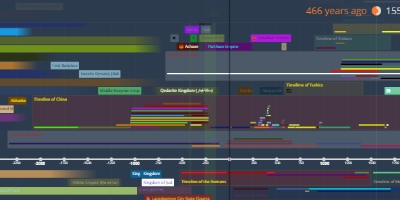Neo-Babylonian Empire (jan 1, 626 BC – jan 1, 539 BC)
Description:
The Neo-Babylonian Empire, also known as the Second Babylonian Empire and historically known as the Chaldean Empire, was the last of the Mesopotamian empires to be ruled by monarchs native to Mesopotamia. Beginning with Nabopolassar's coronation as King of Babylon in 626 BC and being firmly established through the fall of the Neo-Assyrian Empire in 612 BC, the Neo-Babylonian Empire and its ruling Chaldean dynasty would be short-lived, being conquered after less than a century by the Persian Achaemenid Empire in 539 BC.The defeat of the Assyrians and the transfer of empire to Babylon marked the first time the city, and southern Mesopotamia in general, had risen to dominate the Ancient Near East since the collapse of Hammurabi's Old Babylonian Empire nearly a thousand years prior. The period of Neo-Babylonian rule thus saw unprecedented economic and population growth throughout Babylonia and a renaissance of culture and artwork, with the Neo-Babylonian kings conducting massive building projects, especially in Babylon itself, and bringing back many elements from the previous 2,000 or so years of Sumero-Akkadian culture.
The empire retains a position within modern day cultural memory mainly due to the unflattering portrayal of Babylon and its greatest king, Nebuchadnezzar II, in the Bible, which is owed to Nebuchadnezzar's 587 BC destruction of Jerusalem and the subsequent Babylonian captivity. Babylonian sources describe Nebuchadnezzar's reign as a golden age which transformed Babylonia into the greatest empire of its time.
Added to timeline:
Date:
jan 1, 626 BC
jan 1, 539 BC
~ 87 years
